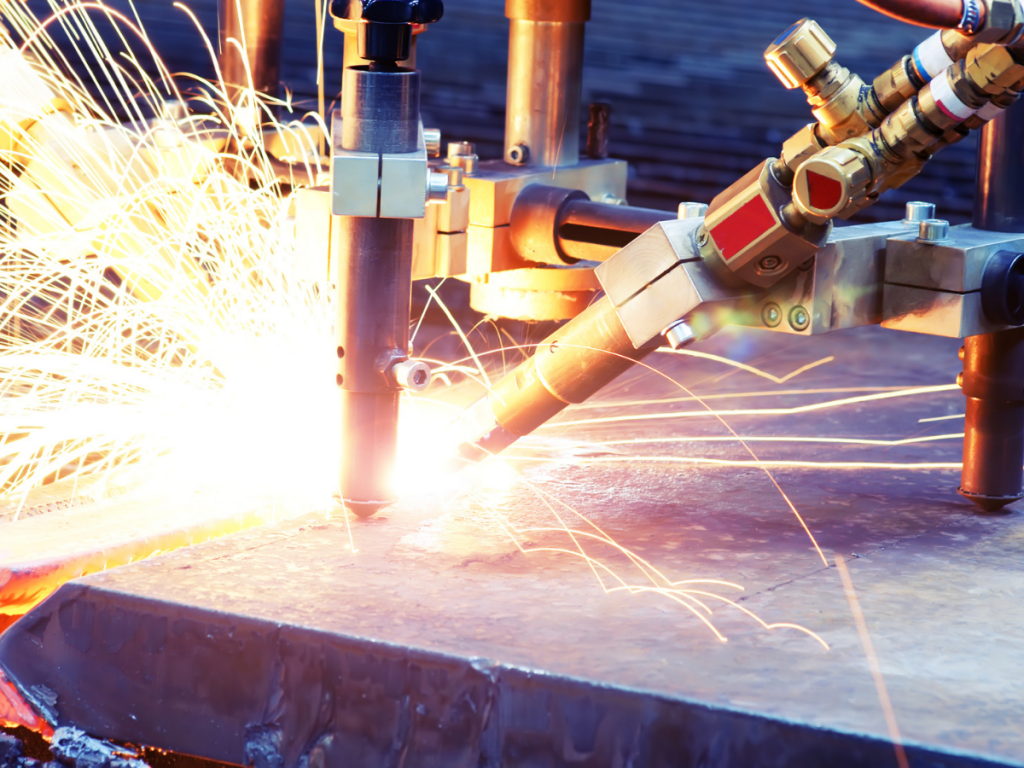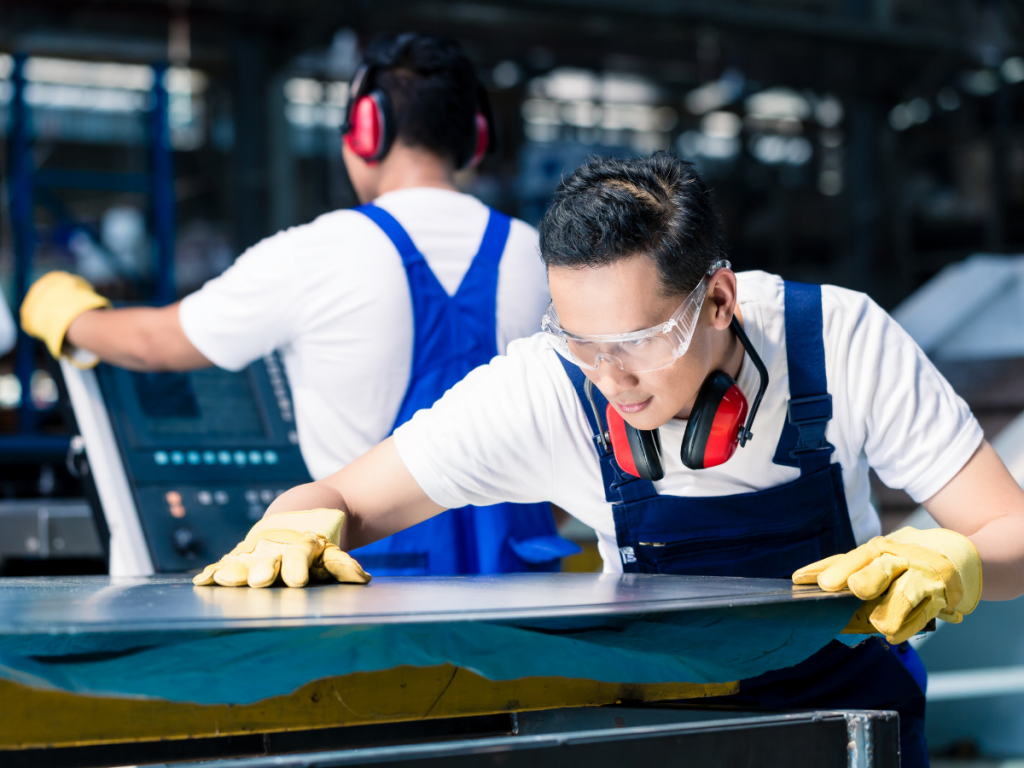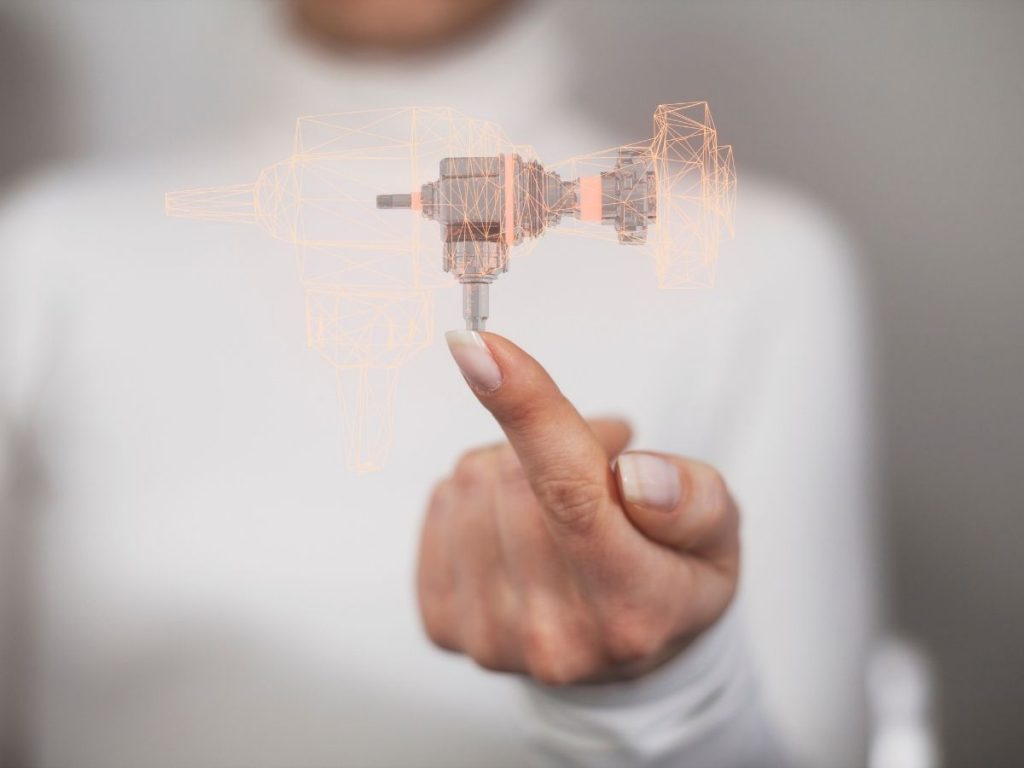There are various fabrication processes in the sheet metal industry, which are oftentimes used in combination with one another. The methods can be either one or more of the following: metal stamping, cutting, casting, welding, and extrusion. These fabrication techniques are executed to highlight the metal’s properties and showcase its flexibility in application.
Metal Stamping
Metal stamping is used for sheet metals like aluminium, stainless steel, galvanized alloy, and copper/brass. This process may also be utilised in conjunction with other fabrication methods to get the required outcome.
One of the most common applications for metal stamping is found in the automotive component manufacturing and assembly. This method is applied to design vehicle components like wheel hubcaps, firewalls, trunk lids and doors as well as many other vehicle body related parts.
Metal stamping is also ideal for automotive purposes as it can be utilised to create unique and custom-built designs. Therefore, car aficionados can make use of this method to design specialty parts for high-performance vehicles.
Cutting
Cutting is perhaps one of the earliest methods of metalworks. Although the process and the concept of metal cutting are simple, it can still be performed alongside other complex machines.
Generally, cutting utilises cutting equipment, metal specimen or workpiece, and a work desk. This process involves the removal of unnecessary pieces from the metal workpiece — be it ferrous, or non-ferrous. After removing the unwanted part, the finished workpiece can then be fitted to work with other components and systems.
Different types of finished metal products can be cut such as diamond plate, corrugated metal sheets, steel reinforcing bars, pipes, etc. Depending on the intentions of the cutter, cutting these materials can be done with power tools or handheld blades like a hacksaw, backsaw, or a coping saw.
Casting
Metal casting involves the process of heating a metal until it reaches its melting point and then pouring it directly into an empty cavity mould that has a specific design. The metal is then left to cool down until it fully hardens so that it can be further processed to remove minor defects and to improve the finish of the metal.
The big advantage that casting has over the other processes, is that it can be used to create complicated shapes in a single run. Industries such as automotive, aerospace, farming, computer equipment, etc. like to utilise this method as the potential for design is near limitless and with little issues. However, casting is not without risks. The heating and cooling process has the potential to create internal stresses in the crystal structure of the metal being used. Manufacturers therefore must conduct casting operations carefully to prevent cracks and damages on the metal.
Welding
Welding is a fabrication process whereby two or more parts are fused together by means of heat, pressure or both, forming a join as the parts cool. While there are different types of welding techniques, they do have similar elements. The process involves the use of welding equipment, shielding gas, consumable or non-consumable electrodes, flux, and fillers.
Welding techniques can be classified according to their complexity. Some of the most common ones include stick welding, Gas Metal Arc Welding (GMAW), and Gas Tungsten Arc Welding. Like all welding, these processes need to be done in a controlled environment to make sure that the welding work is neat and free from unwanted materials that can affect the quality of the finished product.
Welding can be found in almost any kind of metal product that we see in everyday life. It’s used in pipe-making, ductwork, automotive manufacturing, bike-making, steel-building, infrastructure, and much more.
Extrusion
This method has been used extensively in the process of profile making for aluminium, steel beams, and sectional components.
In the extrusion process, a solid base of metal is passed through a tooling die that contains a distinct cross-section. This is made possible with the help of a high-powered hydraulic and high-pressure system that allows the base to be shaped by the die. Once the extruded product is removed, it can undergo further processing techniques to improve its appearance, eliminate defects, or to make adjustments.
The most popular application for extrusions is aluminium extruded profiles, which can be used for window frames, door frames, louvers, railings, or sections. Although aluminium itself has non-corrosive properties, manufacturers often apply a layer of powder coating to the material to make it longer-lasting as well as aesthetically more appealing.
The metal works industry is very important in making useful components not just for other industrial sectors, but also for everyday life. At E&A Probend, we have mastered metal fabrication with over 20 years of experience in the sheet metal industry. If you would like to discuss how we can help you with your sheet metal fabrication project, please call or email us any time.



